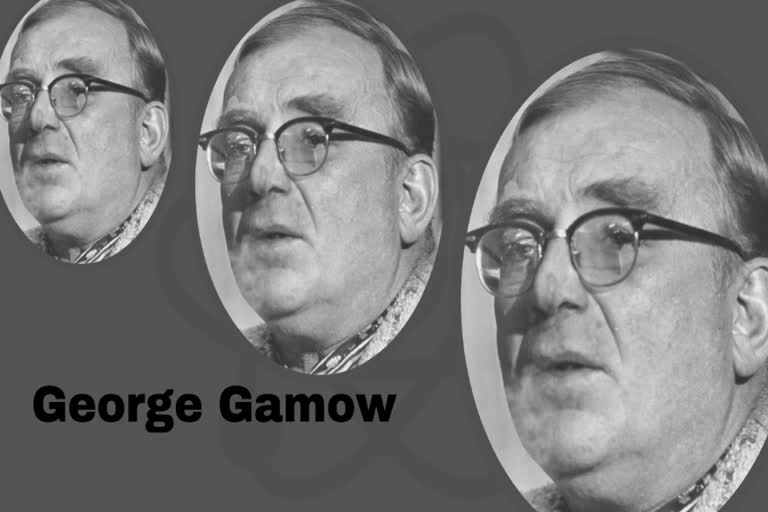Hyderabad: Russian-born American nuclear physicist and cosmologist, Geroge Gamow, was one of the foremost advocates of the big-bang theory, according to which the universe was formed in a colossal explosion that took place billions of years ago.
- In addition, his work on deoxyribonucleic acid (DNA) made a basic contribution to modern genetic theory.
- Gamow attended Leningrad (now St. Petersburg) University, where he studied briefly with A.A. Friedmann, a mathematician, and cosmologist.
- After graduating in 1928, he traveled to Göttingen, where he developed his quantum theory of radioactivity, the first successful explanation of the behavior of radioactive elements.
- His achievements helped him in getting a fellowship at the Copenhagen Institute of Theoretical Physics (1928–29), where he continued his investigations in theoretical nuclear physics.
- He proposed his “liquid drop” model of atomic nuclei, which served as the basis for the modern theories of nuclear fission and fusion.
- He also collaborated with F. Houtermans and R. Atkinson in developing a theory of the rates of thermonuclear reactions inside stars.
- In 1934, Gamow was appointed as professor of physics at George Washington University in Washington, D.C. There he collaborated with Edward Teller in developing a theory of beta decay (1936), a nuclear decay process in which an electron is emitted.
- After that Gamow resumed his study of the relations between small-scale nuclear processes and cosmology. He used his knowledge of nuclear reactions to interpret stellar evolution, collaborating with Teller on a theory of the internal structures of red giant stars (1942).
